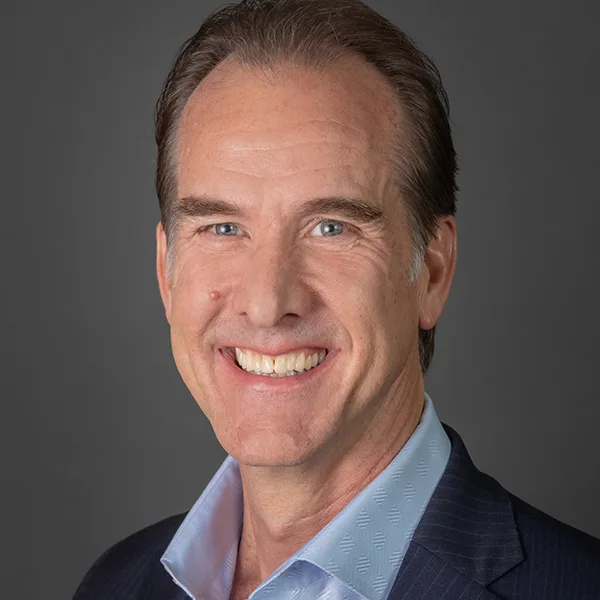
Jason Quinnan, Project Manager, POWERS
At the height of the space race in the 1960s, President John F. Kennedy visited NASA to rally the workforce behind the ambitious goal of landing a man on the moon. As the story goes, during his tour, Kennedy encountered a janitor sweeping the floor. Curious, the President asked, “What are you doing?” The janitor’s response was simple, yet profound:
“I’m putting a man on the moon.”
– NASA Janitor
The Power of Purpose
What made the janitor’s response so impactful wasn’t just that he was aware of the broader mission. It was that he saw how his contributions directly supported that mission. When people understand how their efforts connect to the bigger picture, they become more engaged, motivated, and proud of their work. The lesson for leaders is clear: when employees see the value in their roles, they contribute more wholeheartedly. But creating this alignment isn’t automatic—it takes intentional effort to connect the dots between individual responsibilities and organizational goals.“Effort and courage are not enough without purpose and direction.”
– John F. Kennedy
Aligning Roles to the Bigger Picture
Every organization has its own version of a “moonshot”—its mission or long-term objective. Whether it’s becoming an industry leader, delivering innovative solutions, or improving customer experiences, success depends on everyone contributing their part. Here are practical steps leaders can take to instill purpose and alignment within their teams:
1Communicate the Mission Clearly:
Make sure your team understands the company’s overarching goals. Use storytelling, like the JFK anecdote, to help employees see the importance of their work in the context of the bigger picture.
2Show the Connection:
Take the time to explain how each role supports the organization’s objectives. Whether someone works on the production line, in HR, or in sales, clarify the link between their daily tasks and the company’s success.
3Celebrate Contributions:
Recognize individuals and teams for their efforts. Highlight examples of how their work has directly contributed to a goal or milestone, reinforcing the idea that every action matters.
4Ask and Listen:
5Create Shared Ownership:
Building a Culture of Purpose
When every employee understands and embraces their role within the broader mission, the organizational culture transforms. Work becomes more than just a series of tasks—it becomes a collective effort toward a shared goal. This mindset fosters collaboration, reduces silos, and increases accountability at every level.
Consider this: if a janitor sweeping floors at NASA could feel personally connected to landing a man on the moon, imagine the potential within your organization when every team member feels that same connection. It’s not about the task itself but the meaning behind it.
Closing Thought
The story of JFK and the janitor is more than just a memorable anecdote; it’s a leadership lesson in creating purpose and alignment. By helping employees see how their roles contribute to the larger mission, leaders inspire ownership, engagement, and pride in the work being done. After all, when everyone believes they’re part of something bigger, they’re not just working—they’re making history.
- Speak to an Expert: Call +1 678-971-4711 to discuss your specific challenges and goals.
- Email Us: Get tailored insights by emailing info@thepowerscompany.com
- Request an Assessment: Use our online contact form, and one of our expert manufacturing consultants will reach out to schedule an in-depth analysis of your operations.

